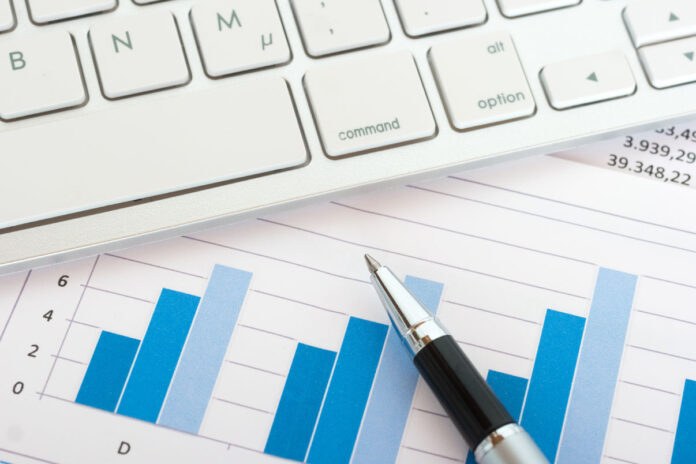Digital transformation has reconfigured, on a global scale, the operational and strategic foundations of the pharmaceutical sector. In Brazil, this movement follows the global trend, but it carries specificities that require deep adaptations. The digitization of the national pharmaceutical supply chain requires not only applied technology, but also a redesign of processes, public policies and historically established business models
The advancement of digitalization, with the adoption of technological platforms in pharmacy operations, distribution and logistics, represents more than a leap in efficiency: it is a structural transition towards a more integrated health system, responsive and territorially inclusive. However, the process requires coordination among different links in the chain, from the industry to the point of sale, including technology providers, startups, independent networks and the State itself as regulator and promoter of innovation
According to the report of theResearch and Markets (2021), the expectation is that the global pharmaceutical market will reach US$ 957,59 billion by 2028, almost twice the amount recorded in 2020, with a compound annual growth rate (CAGR) of 11,34%. This data reveals a rapidly expanding sector, driven by factors such as population aging, increase in the prevalence of chronic diseases and greater population access to health services
The emergence of healthtechs in the innovation ecosystem has also been a significant driver of this transformation. According to data from the Distrito platform, Brazil registered US$ 27,3 million in investments in sector startups just in 2020, indicating that there is market appetite and capital for technology initiatives focused on health. However, this innovation still needs to break cultural and operational barriers that fragment the sector
Among the main bottlenecks of pharmaceutical digitization is inventory management, demand planning and the ability to generate actionable real-time data. Many of these challenges stem from a historically analog operational model, decentralized and with low system integration. Digitizing this environment is not just about connecting pharmacies to an app or e-commerce, but build a technical and regulatory infrastructure that supports continuous information flows, interoperable and auditable
In this scenario, pharmaceutical digital ecosystems are beginning to establish themselves as viable alternatives to structure a more cohesive supply chain. A relevant example is Digital Pharmacies (GrupoSC ecosystem), that connects more than 4.000 pharmacies in a network that not only conducts transactions, but operates based on data intelligence. The integration between inventory control, regulatory compliance and logistics "last mile" systems allow reducing supply disruptions, expand demand predictability and ensure traceability — essential element for health safety and fraud prevention
One of the main advantages of these ecosystems is their ability to connect pharmacies, often isolated from a technological and logistical point of view, to the digital environment of the sector. This movement helps democratize access to health solutions, mitigate regional inequalities and strengthen the role of pharmacies as essential units in primary care. The technology, in this context, it becomes a mechanism for productive inclusion, reorganizing logistical flows and redistributing operational intelligence along the supply chain
The integration among sector agents — as distributors, pharmaceutical industries, healthtechs, universities and regulatory agencies — will be decisive for the consolidation of a digital health model that encompasses the complexity of the Brazilian territory
More than a trend, digital transformation in the pharmaceutical sector represents a strategic necessity to ensure competitiveness, expand access to medicines and establish a healthcare model that is contemporary with the demands of a connected society


